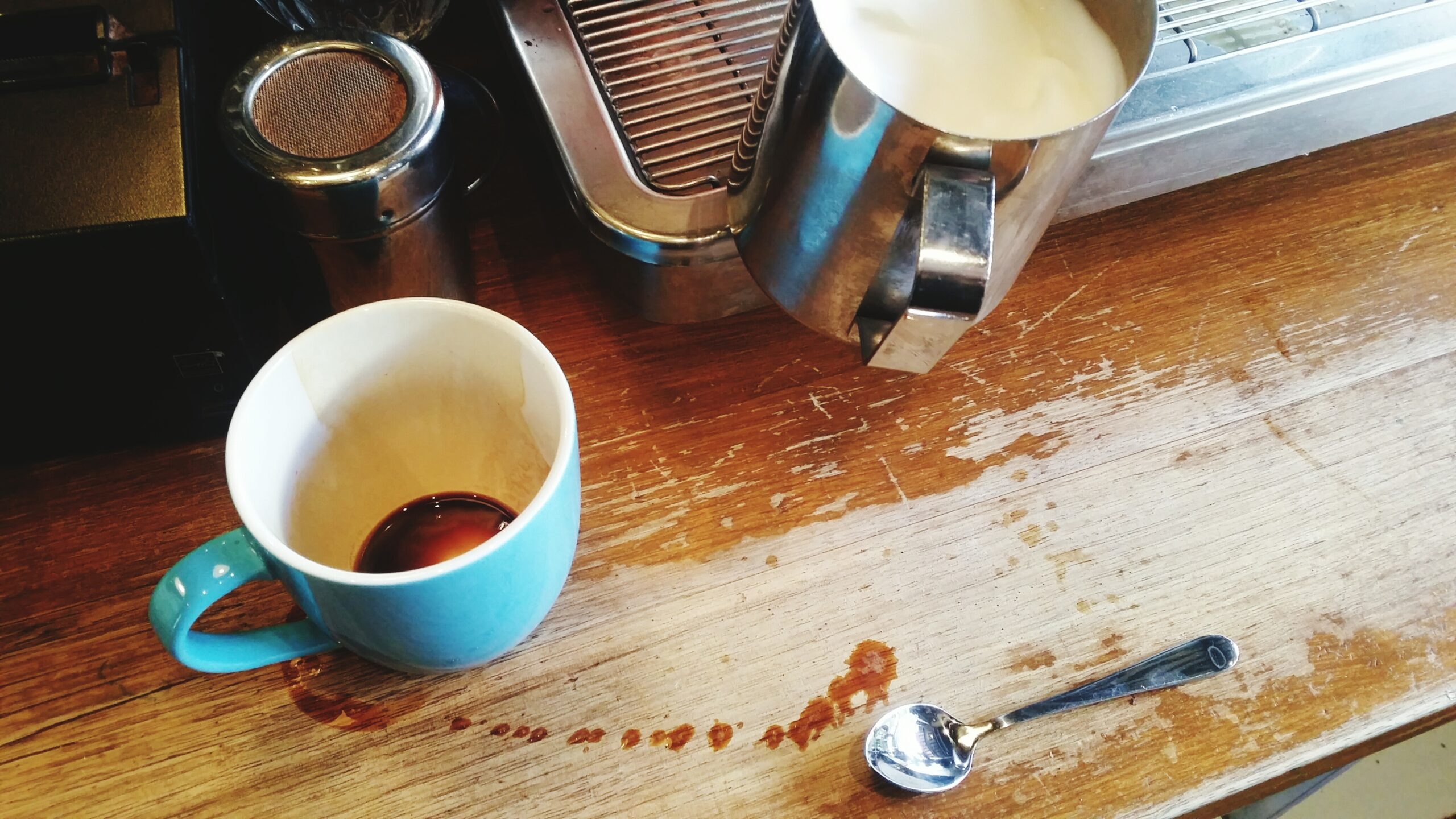Coffee is an essential part of daily life for many people, but making the perfect cup is an art that requires attention to detail. Whether you’re brewing coffee at home or enjoying a cup at a café, small mistakes can often result in a disappointing cup of coffee. Fortunately, most of these mistakes can be easily avoided with a few tips and tricks.
In this article, we’ll explore the five most common coffee-making mistakes and offer solutions on how to avoid them to ensure you enjoy a rich, flavorful cup every time.
1. Using Stale Coffee Beans
One of the biggest mistakes people make when brewing coffee is using stale or old coffee beans. Coffee beans are perishable, and once they’re roasted, their flavors begin to degrade quickly. Using beans that are past their prime can result in a flat, dull cup with little complexity.
How to Avoid It:
- Buy Fresh Beans: Always buy whole beans that have been recently roasted. Look for a roast date on the packaging, and try to purchase beans within a few weeks of that date.
- Store Beans Properly: Keep your coffee beans in an airtight container in a cool, dark place, away from sunlight, moisture, and heat. This helps preserve the freshness and flavor for longer.
- Grind Just Before Brewing: Coffee begins to lose its flavor as soon as it’s ground. Grind your beans just before brewing to ensure you’re getting the freshest cup possible.
2. Using the Wrong Grind Size
The grind size of your coffee beans plays a crucial role in how the coffee is extracted. Using the wrong grind size for your brewing method can result in under-extraction (weak coffee) or over-extraction (bitter, harsh coffee). For instance, using a fine grind for a French press or a coarse grind for espresso can lead to disappointing results.
How to Avoid It:
- Match Grind Size to Brewing Method: Different brewing methods require different grind sizes:
- Espresso: Fine grind
- Pour-Over: Medium grind
- French Press: Coarse grind
- Drip Coffee Maker: Medium grind
- Invest in a Quality Grinder: A burr grinder offers more consistency in grind size compared to blade grinders, allowing for better control over the brewing process.
3. Not Using the Right Coffee-to-Water Ratio
Many people make the mistake of not using the correct coffee-to-water ratio when brewing their coffee. Too much coffee can result in a strong, bitter brew, while too little coffee can lead to a weak, watery cup. Finding the right balance is key to brewing coffee that’s just the right strength.
How to Avoid It:
- Use a Scale: A kitchen scale can help you measure the right amount of coffee and water for consistent results. A general guideline is to use about 1 to 2 tablespoons of coffee per 6 ounces of water.
- Experiment with Ratios: Every brewing method and coffee type may require slightly different ratios. Don’t be afraid to experiment to find the perfect balance for your taste.
4. Brewing Coffee at the Wrong Temperature
Water temperature is a critical factor in coffee extraction. If the water is too hot, it can extract bitter compounds from the coffee grounds. If the water is too cold, the coffee will be under-extracted and lack flavor.
How to Avoid It:
- Ideal Brewing Temperature: The ideal water temperature for brewing coffee is between 195°F and 205°F (90°C to 96°C). This is the range that extracts the most flavor from the coffee beans without making the coffee bitter.
- Let Water Cool: If you’re boiling water, let it sit for about 30 seconds after reaching a boil to reach the ideal temperature before pouring it over the coffee grounds.
- Use a Thermometer: For extra precision, use a thermometer to ensure your water is at the optimal temperature for brewing.
5. Brewing Coffee Too Quickly or Too Slowly
The brewing time also affects how your coffee tastes. If the coffee is brewed too quickly, the water won’t have enough time to extract the full flavor from the beans, leading to a weak cup. On the other hand, if the brewing time is too long, it can result in over-extraction, making the coffee bitter and unpleasant.
How to Avoid It:
- Follow Recommended Brewing Times: Each brewing method has a recommended brewing time. For example:
- Espresso: 20-30 seconds
- Pour-Over: 3-4 minutes
- French Press: 4-5 minutes
- Drip Coffee Maker: 4-6 minutes
- Monitor the Process: Pay attention to the brewing time to ensure the coffee is neither over- nor under-brewed. You can use a timer to keep track of the brewing time.
Perfecting Your Coffee Brew
Making a great cup of coffee is not as difficult as it may seem once you understand the key elements that contribute to a perfect brew. By avoiding these common mistakes—using stale beans, incorrect grind size, improper ratios, wrong water temperature, and incorrect brewing time—you can drastically improve the taste of your coffee.
Take the time to experiment and fine-tune your brewing process, and you’ll soon be able to enjoy a cup of coffee that rivals your favorite café’s brew, right in the comfort of your home.

